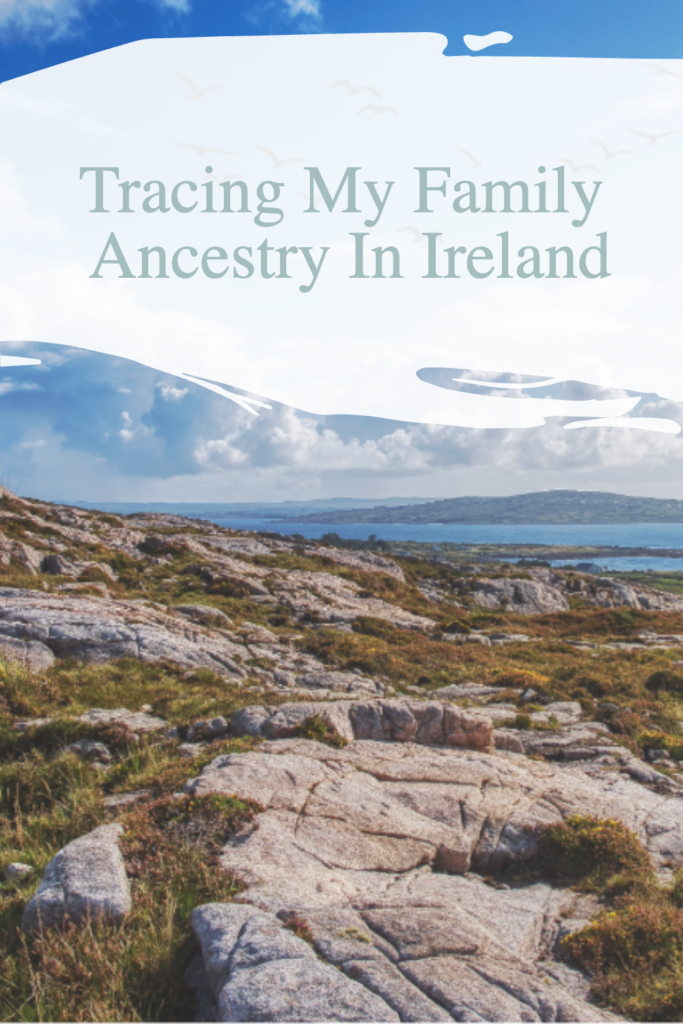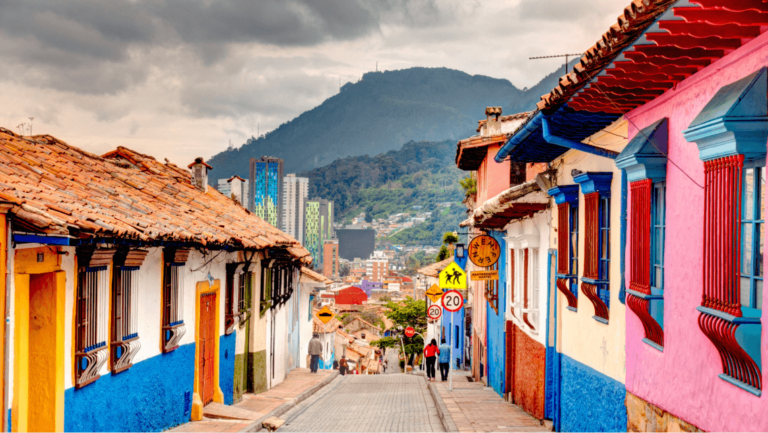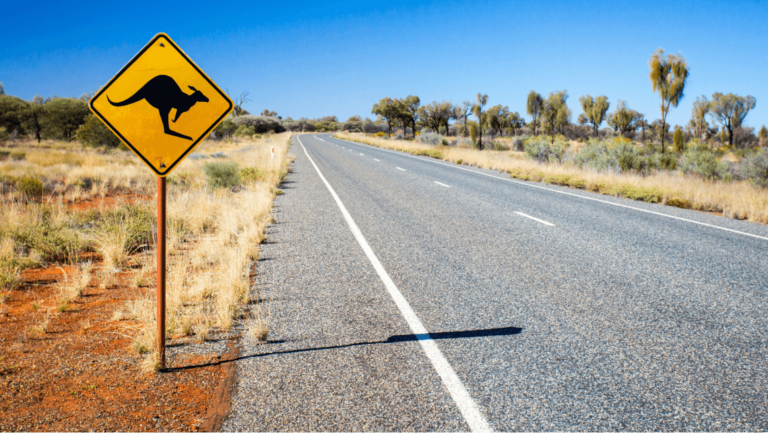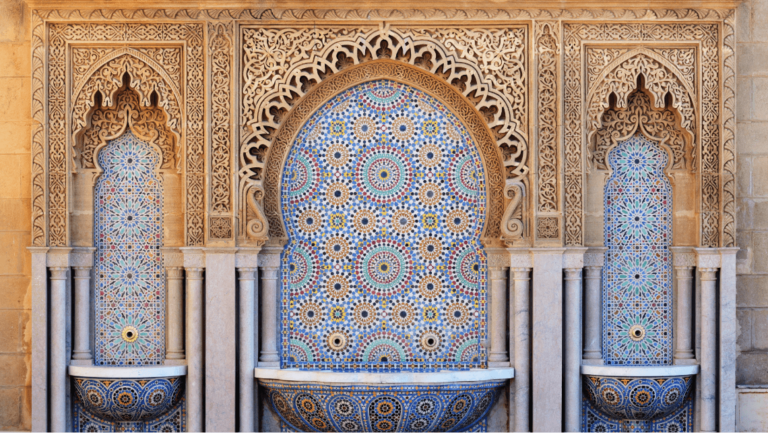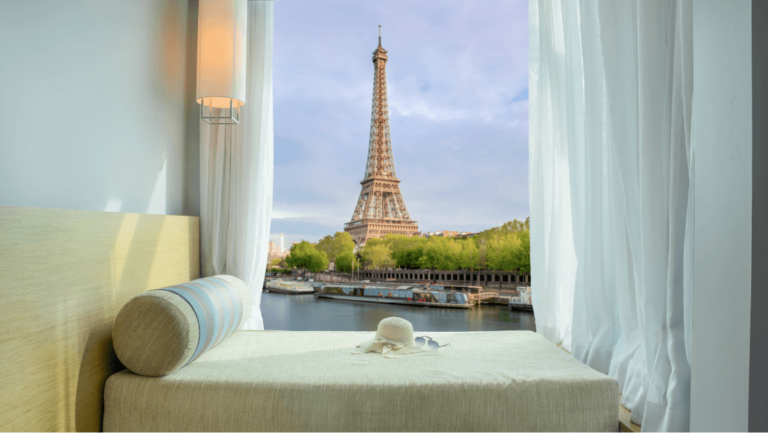Tracing Our Family’s Mayo Ancestry
One of my earliest memories was being told that my surname ‘Barrett’ was not English, but Irish. ‘Barratt’ is the English version. I knew from my dad, who passed away in 2015, that our Barrett family tree could be traced back to Mayo, Ireland within three generations. Consequently, our Mayo ancestry was always something I wanted to look into further.
After we lost my dad we travelled to Thailand and Australia to meet his cousins for the first time. I felt the need to connect with his side of the family even more. Especially as none of that side of the family are in the UK anymore. Of all the countries Lyla and I had visited, we had never made it to Ireland – the country of my ancestors. I decided to change that and investigate our Mayo ancestry further.

County Mayo, Ireland Genealogy
The county of Mayo, situated in the western part of Ireland, boasts a fascinating history that has seen it through significant political and social transformations. The region was under the Norman control in 1235, after the Norman conquest of Ireland in the 12th century. However, the Normans quickly assimilated Gaelic customs and began to intermarry with the native Irish, to the point that they became “more Irish than the Irish themselves.”
In the early 20th century, Mayo witnessed a significant political upheaval with the establishment of the first Dáil and the subsequent war of independence and civil war. These events had a profound impact on the people of Mayo, who had to endure many hardships. Despite the challenges, the people of Mayo demonstrated their resilience and determination to overcome the obstacles.
Farming has been a primary livelihood for families in the region, and the people of Mayo take great pride in their agricultural heritage. The county has a rich and diverse culture, shaped by the perseverance and determination of its people. It is a land of breathtaking landscapes, ancient ruins, and vibrant traditions that attract visitors from all over the world.
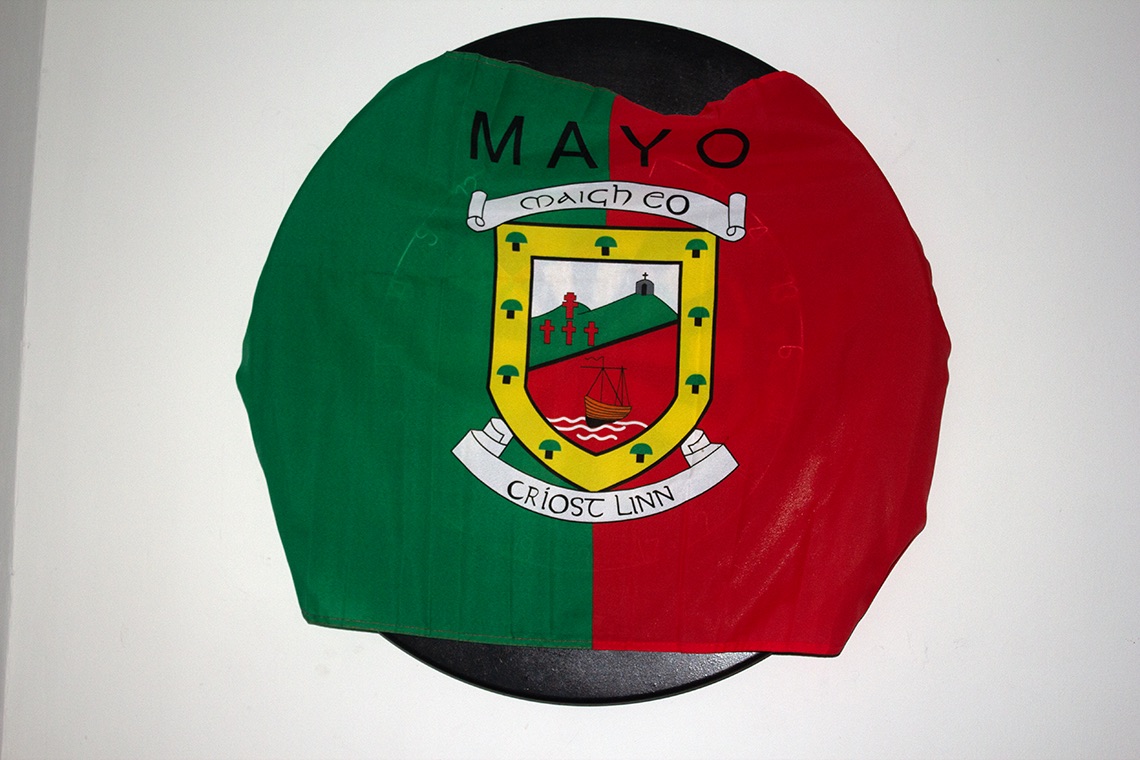
Belmullet, Co Mayo
Belmullet, a quaint town located in the extreme North West of the Erris region, had a humble beginning in the early 1800s with just a handful of thatched buildings. However, in the 1820s, the town started to develop with the introduction of the first post office and coastguard, bringing a new era of growth and progress. In 1845, the government issued a grant of £5,000 to construct a canal connecting Broadhaven and Blacksod Bays, which began that same year but was delayed until 1851 due to the devastating potato famine that ravaged the region.
The town’s innovative fishing station opened in 1847, providing a new source of livelihood for the locals and added an exciting dimension to the town’s economy. However, the famine’s impact forced the station to close down, leaving the town in a dire state. The news of Belmullet’s situation spread far and wide, and visitors to the town dwindled. A workhouse and fever hospital were urgently needed, and one was quickly erected on the site of the present-day hospital.
The head of the Treasury, Charles Trevelyan, famously announced that relief was to only be given to workhouse people, which led to severe overcrowding of the workhouses with up to 3,000 people being recorded at one time in Belmullet. The town’s people faced unimaginable hardship and suffering during the famine, but their resilience and determination helped them overcome the challenges. Towards the late 1840s, the numbers in the workhouses dropped significantly, and by the early 1850s when the famine finally ended, the population of the workhouse had decreased to several hundred.
Belmullet’s story is a testament to the town’s unwavering spirit, that despite the adversities they faced, they pushed through to rebuild their town. The construction of the canal, the fishing station, and the workhouse and fever hospital show the town’s unwavering resilience and determination to succeed. Today, Belmullet is a thriving town, and its history serves as a reminder of the town’s ability to overcome even the toughest of challenges.
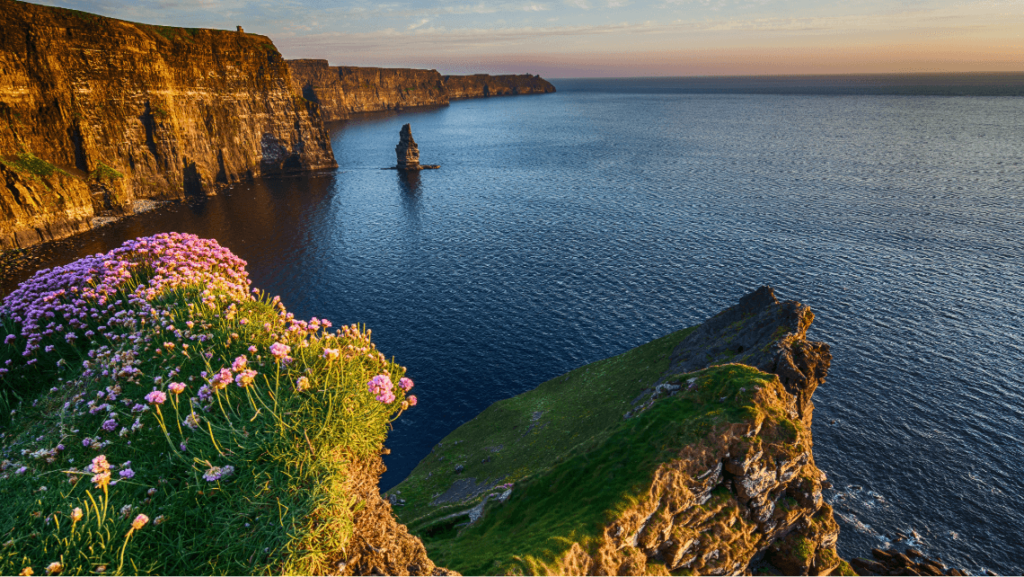
The Barrett Surname
The Barrett surname has a rich and fascinating history that spans across several counties in England. It was first recorded in Lincolnshire, where Matthew Baret was documented between 1150 and 1155. Over time, the name became prevalent in other counties such as Nottinghamshire, Hertfordshire, Hampshire, Yorkshire and Essex. The widespread distribution of the Barrett surname is a testament to its enduring legacy and importance in English history.
Barrett Meaning
The Barrett surname originated from the personal name Berold or the Middle English ‘Barat’, which was a nickname for someone who was quarrelsome or deceitful. Another translation suggests that the name was derived from the Norman personal name Baraud, which means ‘Bear Mighty’. During the Anglo-Norman invasion of 1172, the Normans introduced this name into Ireland where they granted lands to the Barrett family in County Cork and County Mayo.
Surprisingly, when the Normans arrived in Ireland, they encountered an established Irish system for creating hereditary surnames. The Anglo-Norman Strongbownians system was built on similar principles as the Irish system, and the two eventually merged. The Stronbownians often had Norman names that were French diminutive suffixes added to the name of the bearer’s father or older relative. Another way of creating a patronymic name was to use the prefix Fitz-, which means son.
Two distinct families settled in separate parts of Ireland, with the first being very common in counties Cork, Galway, and Mayo and known as Munster Barretts. The Barretts that owned a large part of north Mayo were Lords of Tirawley and founded there the sept with the Chief known as MacWattin. The names of many of the Mayo Barretts are included in the “Composition Book of Connacht” (1585). Barrett families became completely integrated into Irish society with Baroid and Baireid being the Gaelic forms of their original name. Even today, the Barrett name is more common in Mayo than anywhere else in Ireland. Embark on this inspiring journey to discover your family’s captivating history with the Barrett surname!
Spelling Variations
Some spelling variants include; Barratt, Barett, Barret, Barrat, Baratt, Barreitt, Barrette, Barretta, Barretto, Baretti, Berrett, Berret, Barraud, Baret, Barat, Berard, Berloldi, and others.
The Barrett Coat Of Arms
The story of heraldic symbols is a fascinating one, especially when we look at the unique symbols associated with a particular family like the Barrett Coat of Arms. It is inspiring to learn that families have been creating their own coats of arms since the 11th century, giving them a unique identity. This practice of heraldry has evolved over time, and it is incredible to think that it all started with a desire to create something that was truly unique. Even today, we can look back at these symbols and appreciate the art and history behind them.

Our Mayo Family History Trip
The first thing you notice when you fly into Ireland is how it lives up to its name – The Emerald Isles. Even though I come from England, a relatively lush country, the fluorescent, rich, tones of green immediately struck me. My cousin Mark and his lovely wife Mandy live in Moate, just over an hours drive south of Dublin. I had spoken to him regularly regarding the ancestry in our family and he had already done some research a couple of years earlier.
The Wild Atlantic Way Drive Up To Mayo
A few days after visiting local attractions, we planned to take the trip west from Moate, then north following the Wild Atlantic Way towards Co Mayo. In total, the drive took around five and a half hours taking in breathtaking landscapes along the way. The contrast of deep purple heather, emerald green fields and passionate unpredictable skies made for stunning scenery. The route starts in the south and follows the west coast of Ireland up to the most western tip of Europe.
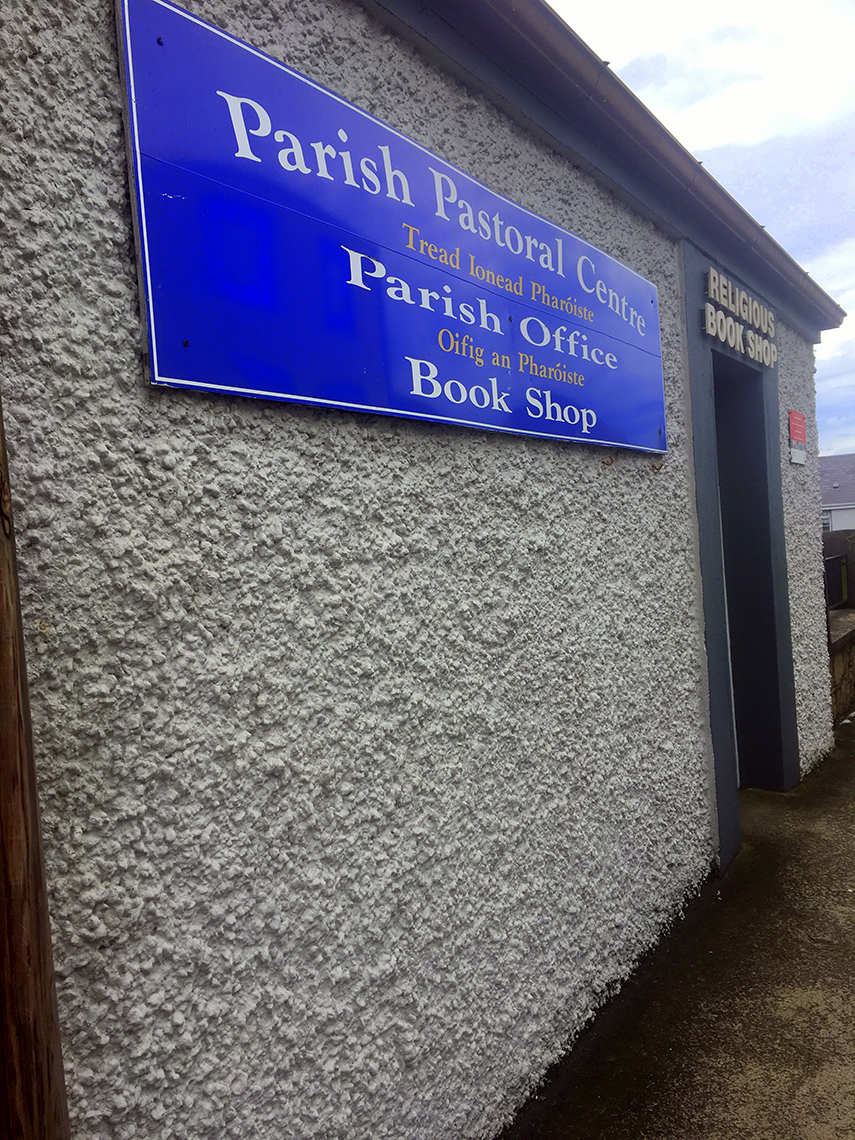
Information Comes From An Unlikely Source
On entering Belmullet, the first building my cousin pointed out was the former home of our grandfather, Patrick Barrett. We think the white house in the foreground has been built more recently, whilst the building in the background was part of the original house.
Arriving quite late, we decided to make our way to the Broadhaven Bay Hotel and do more research the following day. Our room had a great view of the bay opposite. I couldn’t help thinking as I viewed that bay that it must have changed very little since my grandfather grew up there at the beginning of the 20th century. One of the things that makes Belmullet appealing, is the lack of modern development.
In the evening, we went for a meal in the hotel’s restaurant. During a discussion about making plans to visit the records office the following day, a lady approached our table. She introduced herself and apologised for interrupting. She told us that she had lived in and around Belmullet all her life. Apparently there were a lot of ‘Barretts’ in the area. According to her, a lot of the records were destroyed in a fire during The Irish Civil War in 1922.
Shortly after this conversation I asked the barman a few questions about the area. It turned out he was a ‘Barrett’ too and so were several other members of staff at the hotel. We really had reached the birthplace of our family name.
The Ancestry Records Office
The following morning we headed out to the records office to try and find the rest of my grandfather’s family.
The Parish centre is on Chapel Street. The office offers various Catholic products as well as holding most of the births, marriages and deaths files out the back. We asked if we could have access to the records for the late 1800’s to the mid twentieth century. Quite quickly we found records for my grandfather’s brothers and sisters, along with those of their parents too.
We discovered that my granddad had two brothers Larry and Anthony and four sisters Annie, Mary, Ellen and Cecily. My great grandparents were Thomas Barrett and Mary Davitt.
Glencastle Old Cemetry
Shortly afterwards, we decided to visit the graveyard and found the gravestone where my granddad Patrick’s brother Larry, Sister Annie and and we think my great grandmother Mary were buried.
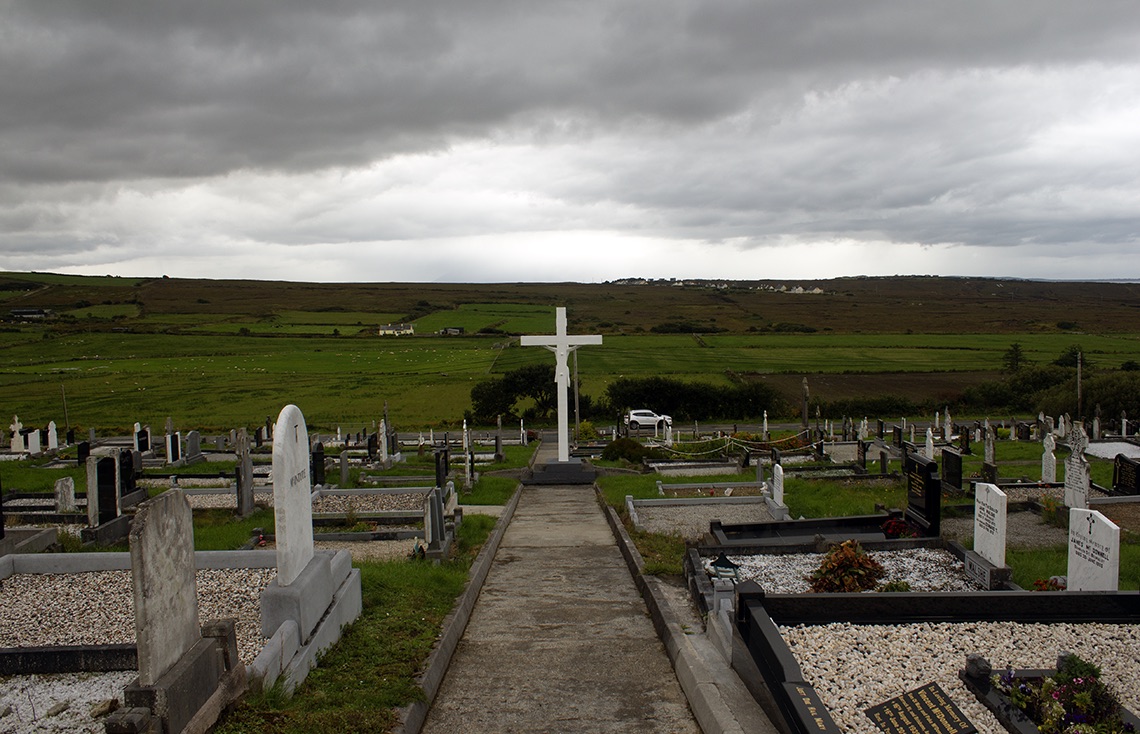
Finding My Namesake In The Local Pub
On the spur of the moment, just before we departed, I decided to go in The Full Shilling pub opposite. I have had luck in the past searching for people by asking the locals in a pub. I walked in to talk to the bar staff. The pub was relatively empty. so I was able to talk to the barman straight away. I briefly told the him our story. He not only informed me that he had known some of the people I was referring to, but also that he was a Barrett too!
We had to leave for a long drive back to my cousin’s place in Moate. I left comforted by what I had seen, visiting the place of my ancestors.This is definitely only the start of the story. I intend to go back and stay for at least a week . There is still so much I want to know. If you are a local to the area or have any more information on tracing family in Ireland please get in touch.
Belmullet, until next time… ❤️
If you are planning on visiting Ireland and the UK you might be interested in my post on what to know before you visit.
